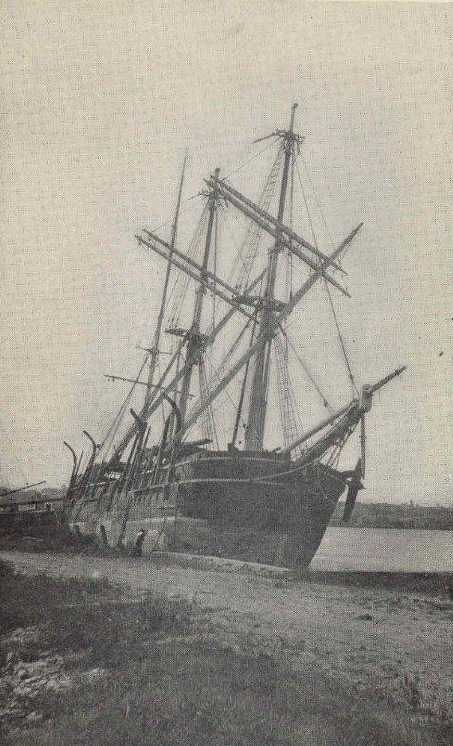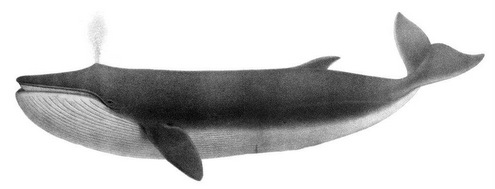|
KYSO Flash ™
Knock-Your-Socks-Off Art and Literature
|
|
|||
Out of New Bedford, Massachusetts, 1847by Adelaide B. Shaw
Author’s Note:
Publisher’s Notes:
Adelaide B. Shaw’sIssue 6, Fall 2016
stories have been published in several literary journals, including By-Line, The Greensilk Journal, The Country and Abroad, Bartleby Snopes, Loch Raven Review, American Literary Review, The Writers’ Journal, SN Review, Bewildering Stories, The MacGuffin, and Storyteller. She also writes haiku and other Japanese poetic forms such as tanka, haibun, and photo haiga, and her work has been published widely. A collection of short stories Potpourri, Volume 1, as well as her award-winning collection of haiku An Unknown Road, are available as e-books on Amazon Kindle. Author’s blog: White Petals |
||||||||||||||
|
Site contains text, proprietary computer code, |
|
| ⚡ Many thanks for taking time to report broken links to: KYSOWebmaster [at] gmail [dot] com ⚡ | |

